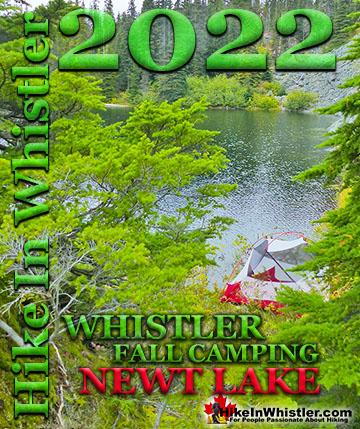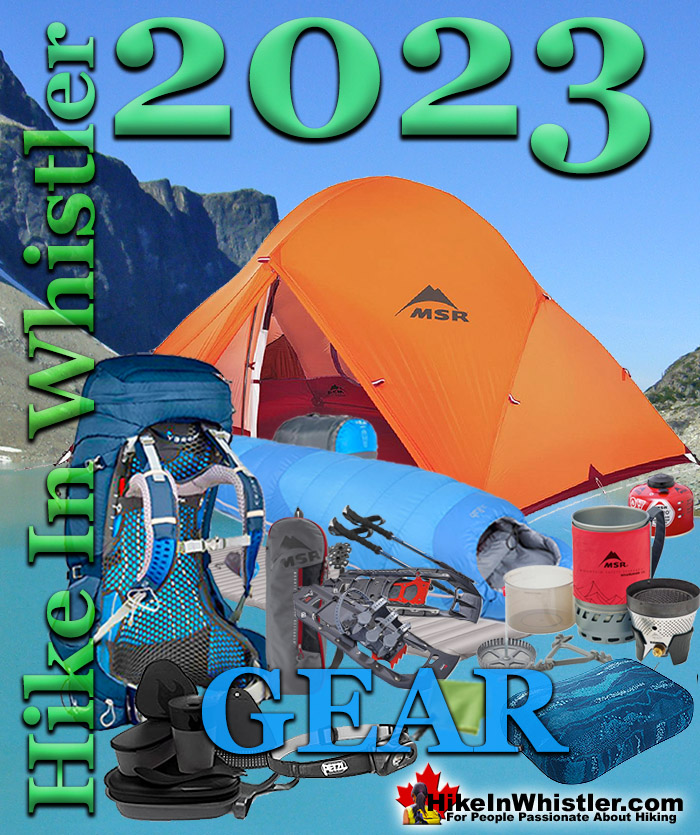
![]() January 5th, 2023: Pack smart by putting heavier items close to your back and higher up your pack. Be organized and think of keeping important things easily accessible. Having an accessible sweater makes you more likely to not put off your comfort by difficulty in finding it. Familiarize yourself with your gear before you go. Setting up your tent in the living room will ensure you have all the parts and know where to put them.
January 5th, 2023: Pack smart by putting heavier items close to your back and higher up your pack. Be organized and think of keeping important things easily accessible. Having an accessible sweater makes you more likely to not put off your comfort by difficulty in finding it. Familiarize yourself with your gear before you go. Setting up your tent in the living room will ensure you have all the parts and know where to put them.
Whistler & Garibaldi Hiking
![]() Alexander Falls
Alexander Falls ![]() Ancient Cedars
Ancient Cedars ![]() Black Tusk
Black Tusk ![]() Blackcomb Mountain
Blackcomb Mountain ![]() Brandywine Falls
Brandywine Falls ![]() Brandywine Meadows
Brandywine Meadows ![]() Brew Lake
Brew Lake ![]() Callaghan Lake
Callaghan Lake ![]() Cheakamus Lake
Cheakamus Lake ![]() Cheakamus River
Cheakamus River ![]() Cirque Lake
Cirque Lake ![]() Flank Trail
Flank Trail ![]() Garibaldi Lake
Garibaldi Lake ![]() Garibaldi Park
Garibaldi Park ![]() Helm Creek
Helm Creek ![]() Jane Lakes
Jane Lakes ![]() Joffre Lakes
Joffre Lakes ![]() Keyhole Hot Springs
Keyhole Hot Springs ![]() Logger’s Lake
Logger’s Lake ![]() Madeley Lake
Madeley Lake ![]() Meager Hot Springs
Meager Hot Springs ![]() Nairn Falls
Nairn Falls ![]() Newt Lake
Newt Lake ![]() Panorama Ridge
Panorama Ridge ![]() Parkhurst Ghost Town
Parkhurst Ghost Town ![]() Rainbow Falls
Rainbow Falls ![]() Rainbow Lake
Rainbow Lake ![]() Ring Lake
Ring Lake ![]() Russet Lake
Russet Lake ![]() Sea to Sky Trail
Sea to Sky Trail ![]() Skookumchuck Hot Springs
Skookumchuck Hot Springs ![]() Sloquet Hot Springs
Sloquet Hot Springs ![]() Sproatt East
Sproatt East ![]() Sproatt West
Sproatt West ![]() Taylor Meadows
Taylor Meadows ![]() Train Wreck
Train Wreck ![]() Wedgemount Lake
Wedgemount Lake ![]() Whistler Mountain
Whistler Mountain
![]() January
January ![]() February
February ![]() March
March ![]() April
April ![]() May
May ![]() June
June ![]() July
July ![]() August
August ![]() September
September ![]() October
October ![]() November
November ![]() December
December
Testing your stove at home will remind you that you almost forgot matches or misplaced a vital part. Also, you are less likely to forget a sleeping pad if you set up everything before packing. Protect your gear from moisture by using a pack cover or bag liner. Sleeping in a damp sleeping bag on a cold night is an experience you will regret. Pack covers keep out the rain as well as keep your pack clean when taking it off in wet weather. A pack liner is simply a plastic bag inside your backpack with the contents inside. Another method is to put your gear in separate plastic bags which keeps everything dry and organized. You can even buy “pack cubes” from hiking stores for this purpose. Use all the adjustable straps on your pack frequently. Loosen them all when you take off your pack and make sure they are loose when you put on your pack. Cinch up your waist straps first quite tight, and make sure they are over your hips and not on top of them. You should have your shoulder straps loose and barely touching your shoulders. Next tighten the two small shoulder straps below your armpits distributing the weight evenly between your waist and shoulders.. Finally tighten the two top straps above your shoulders. This brings your pack tight with your back and you don’t get any energy sapping rocking from your pack. Make any minor adjustments for comfort and even in the best quality packs you will have to frequently adjust all the straps to maintain comfort.
Bring extra layers of clothing and frequently layer on and off. If you can quickly remove or add a layer of clothing, you will ensure you stay comfortable and dry. Sweat soaking your clothes can become dangerous if the temperature drops. Get yourself a quality waterproof/breathable jacket. You will pay a lot for a good jacket, but it may become a cherished item for years to come. For those of us who have hiked or jogged in both waterproof/breathable and just waterproof jackets, the difference is astounding. A non breathable jacket will have you clammy with sweat almost immediately despite your efforts to open the pit vents(zippers under armpits). An expensive, waterproof/breathable jacket will astound you with its ability to keep you dry and comfortable in everything but heavy and prolonged rain. Being pounded with continuous rain will obviously render the breathability of the jacket useless, however pit vents will partially help vent moisture out.
Wear good hiking boots/shoes. It is hard to distinguish between hiking shoes and hiking boots. Some find the distinction between how high on the ankle they go. So boots that cover your ankles are hiking boots and shoes that don’t are hiking shoes. Whether you call them hiking boots or shoes, make sure that if you need them to be waterproof, get waterproof. Modern advancements like Gore-Tex have enabled shoes to reach extraordinary levels of comfort, durability, lightness and waterproofness. You can get away with hiking in normal walking shoes, however you will lack a hard sole, protection from wet weather and ankle support. With normal, non hiking shoes you will feel every rock underfoot. The much more rigid soles of hiking shoes provide a barrier against rough terrain.
New hikers often come prepared with outer layers and neglect the inner layers. Having an extra pair or two of hiking socks can be a wonderful luxury partway through the hike. When hiking with novice hikers, this is the most frequently borrowed item. I pack two extra pairs of socks for this all to frequent occurrence. A spare shirt and a thin base layer shirt are a luxury on the trail and take up an insignificant amount of space. You will invariably sweat on the trail and when you camp and a dry new shirt and base layer are a lifesaver when the sun goes down. I have always brought a thin base layer shirt and pants. You could cram both into a coffee mug and they weigh almost nothing.
One important, yet often overlooked item to bring on any hiking/camping trip is a toque. The added protection from the cold you get from a toque are way out of proportion to its small size. Sleeping with a toque on is very comfortable as well and not just on cold nights. Know before you go if you will need to purify drinking water. Many high alpine hikes have plentiful, fresh water that you can drink right away. Other, lower elevation trails may lead to sickness if the water is not treated or filtered. Always have water purification tablets in your first aid kit and you won’t get caught out unprepared.
More Whistler Updates!
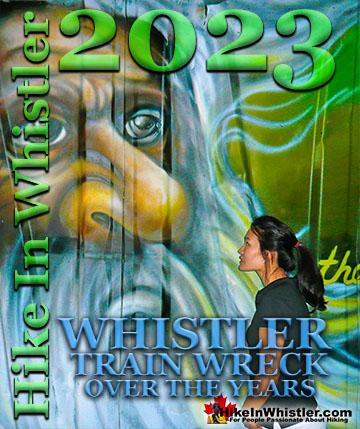
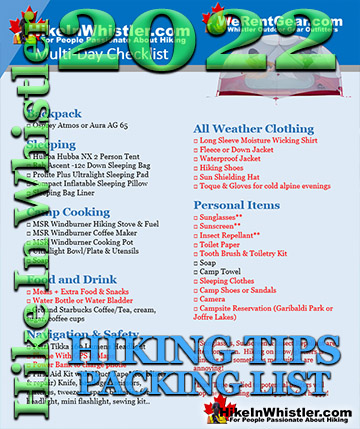

Whistler & Garibaldi Park Hiking Glossary A to Z


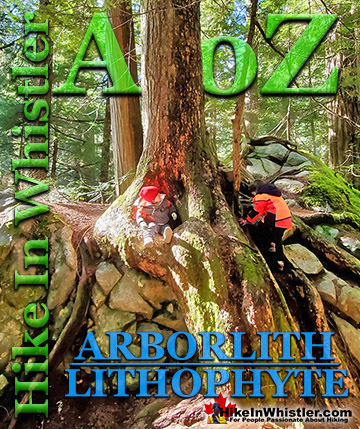
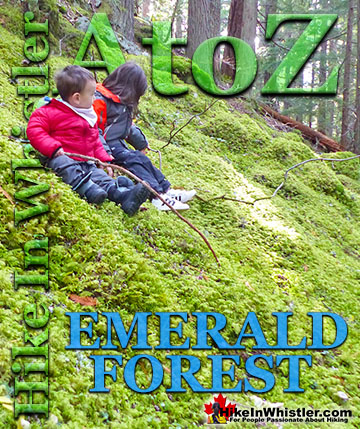




Whistler & Garibaldi Park Best Hiking by Month!




Explore BC Hiking Destinations!
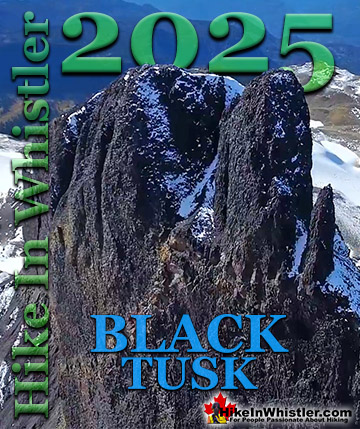
Whistler Hiking Trails
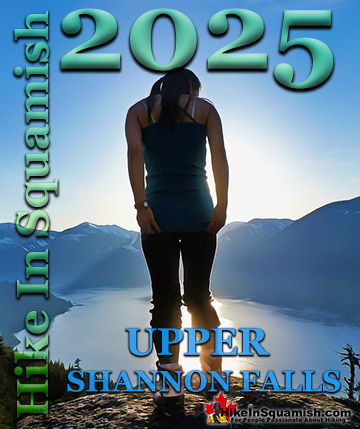
Squamish Hiking Trails
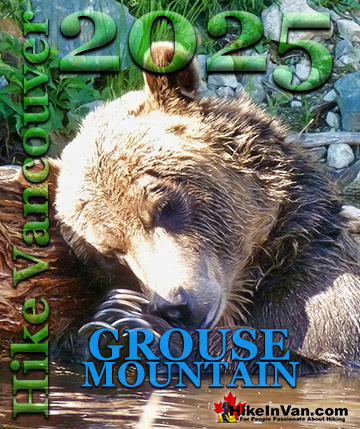
Vancouver Hiking Trails

Clayoquot Hiking Trails
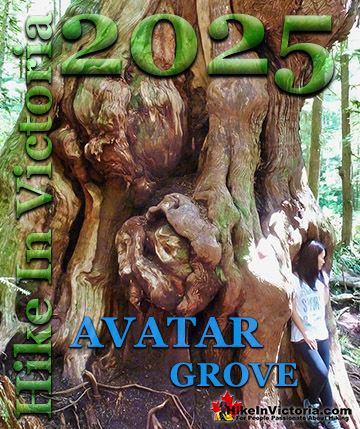
Victoria Hiking Trails


